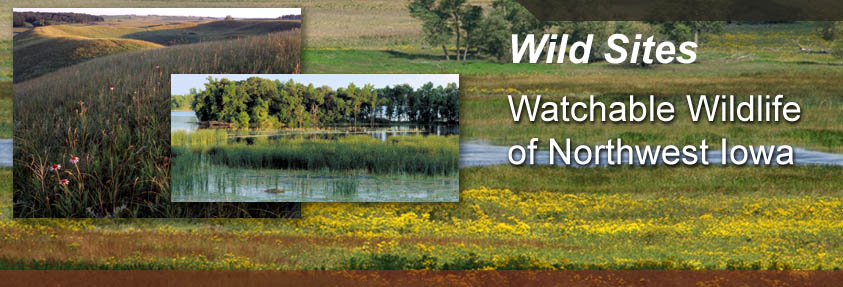 |
|||||||||||||||||||||
 |
|||||||||||||||||||||
 |
|||||||||||||||||||||
| Hanging Valley - Educational Box
Drain Game (3rd-6th grades/20 minutes) Activity in Brief: Using a crumpled piece of paper, create a watershed. Focus on the lay of the land and see how water can run off, downhill, into basins- rivers, streams, lakes. . Objectives: Students will predict where a raindrop landing on the highest point will flow. They will better understand the concept of watersheds and runoff water. Correlation with Science Standards: Unifying Concepts and Processes - Systems, Order and Organization Unifying Concepts and Processes- Evidence, Models and Explanation Science as Inquiry- Abilities to do Science Inquiry Science as Inquiry- Understanding About Scientific Inquiry Earth & Space Science- Properties of Earth Materials Advance Prep: None Materials: Blank piece of paper, pencil, blue, green, yellow, red and brown water-soluble pens, paper towel, spray bottle with water. FYI: A WATERSHED is “an area of land where water runs off, downhill, draining into a lake, river or stream. When water runs off the land, it picks up, dissolves and carries away soil, chemicals, and debris of all kinds. Where is “away”? Procedure: Part I Draw a 5 centimeter border on one sheet of paper to make a base. Now make mountains by loosely crumpling a second piece of paper so it’s about the size of a grapefruit. Open the crumpled paper. Tape it down to the flat base sheet with its edges inside the border. Encourage the paper to form peaks and valleys. Now think about rivers. Starting at the highest peak, predict how water will flow down the slopes. With a blue water-soluble pen, draw where you think the river will flow. Count how many rivers you have on your model and write down the number. Place you watershed on a paper towel. To test your river predictions, make it rain on the peaks. Spray the model so ink just begins to flow into pools. Describe how water moves. Step back and admire your work. You have created mountains, valleys, rivers and watersheds. How many watersheds can you county on your model? (A watershed is the total land area that contributes water to a river or lake). With your pen, trace the outline of one watershed on the model. Call it home. Part II Find the outline of your home watershed on your model. A lot of activity is happening in your home watershed. Get your colored pens ready and learn about the ABCs of runoff. Agricultural runoff may contain fertilizers and animal manure. When these substances are added to water, they can cause plants and algae to grow like crazy. Under warm conditions, the rapid breakdown of dead algae uses up oxygen in the water, eventually killing fish. Color some of your watershed green to represent farms. Bulldozers in construction areas loosen soil, which runs into streams. Muddy water prevents light from reaching plants and algae. With less light, the plants and algae produce less oxygen. This lack of oxygen can choke and kill fish. Pick a site in your watershed for some new houses. Color that area yellow. Companies in the United States legally dump more than 500 million pounds of toxic chemicals into our water systems every year. That’s not counting the illegal dumping. Draw a red factory on one of your rivers. Debris from streets and highways, animal waste, lawn fertilizers, garden pesticides and detergents are a few of the things that run off in urban and suburban areas. Choose brown to represent a town area. What do you predict will happen in your watershed when it rains? Make it rain on your watershed. Observe what happens. Describe what you see. Adapted from WONDERWISE Urban Ecologist, University of Nebraska State Museum. |
|||||||||||||||||||||
| Wild Categories | Photo Gallery | ||||||||||||||||||||